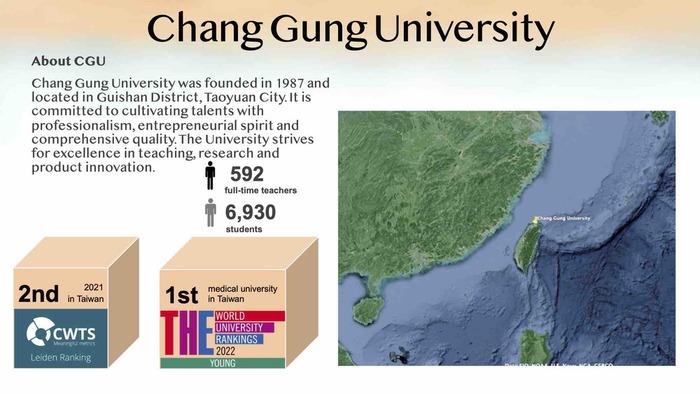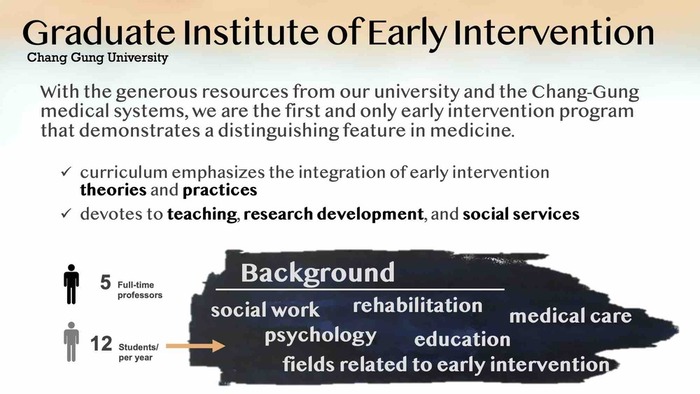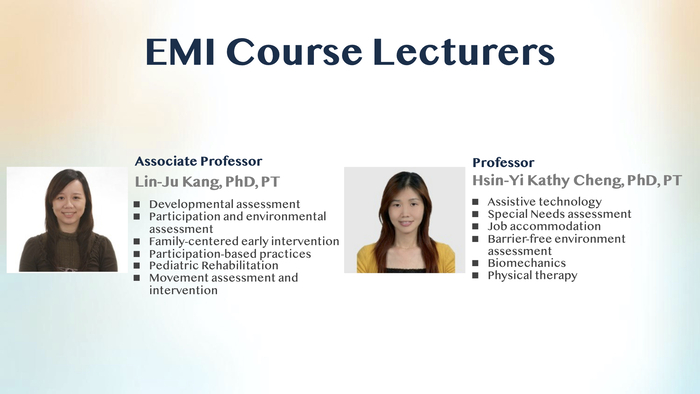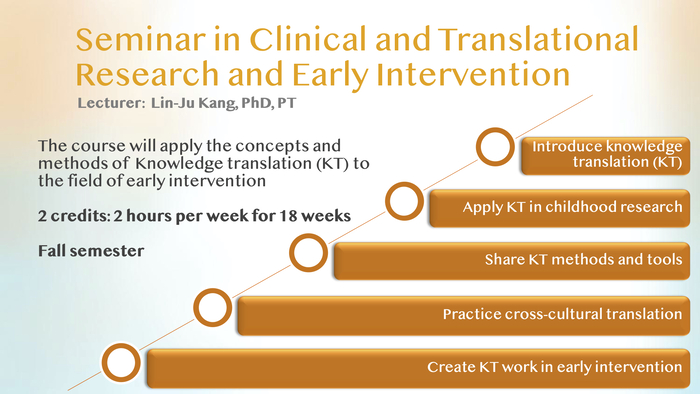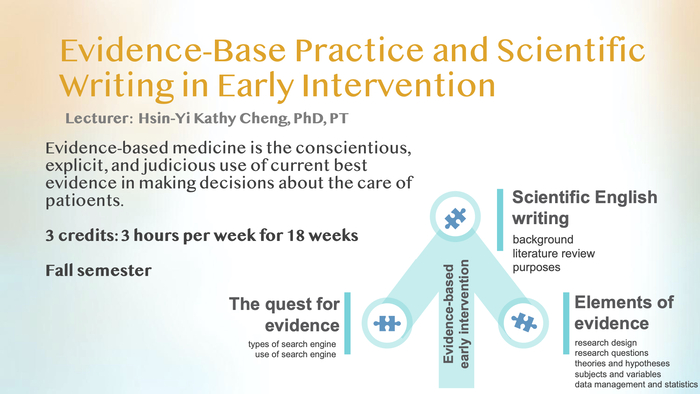EMI Courses
EMI refers to the courses offered in non-English speaking institutions where the delivery of content, teacher-student interaction, the learning and academic support materials, and the demonstration and assessment of learning outcomes are 100% in English. The relevant instructions are as follows:
- English courses that focus on language learning rather than specialized academic content should not be classified as EMI courses, except for ESL, EAP (English for Academic Purpose), or ESP (English for Special Purposes) courses, which should be emphasized.
- For EMI courses, 100% of the delivery of content, teacher-student interaction, the learning materials, and the demonstration and assessment of learning outcomes (such as oral presentations, assignments, or tests) should be in English.
- In certain circumstances, students may interact with each other in Chinese, for example, during group discussions where Chinese may be used briefly to facilitate creative thinking and brainstorming. However, students are still expected to present their discussions in English, and should be encouraged to use English more often in classroom discussions as their English proficiency improves or as they choose to take more EMI courses.
- Meanwhile, students should also present their discussions in English. The use of other languages in the classroom should be limited, and student interaction in small groups may be in other languages to facilitate mutual understanding and creative thinking, and teachers should ensure that at least 70% of classroom communication is in English.
- A high-quality EMI course should encourage students to speak and write in English as much as possible.
(The Program on Bilingual Education for Students in College, Ministry of Education, Taiwan,2021)
Course Title




